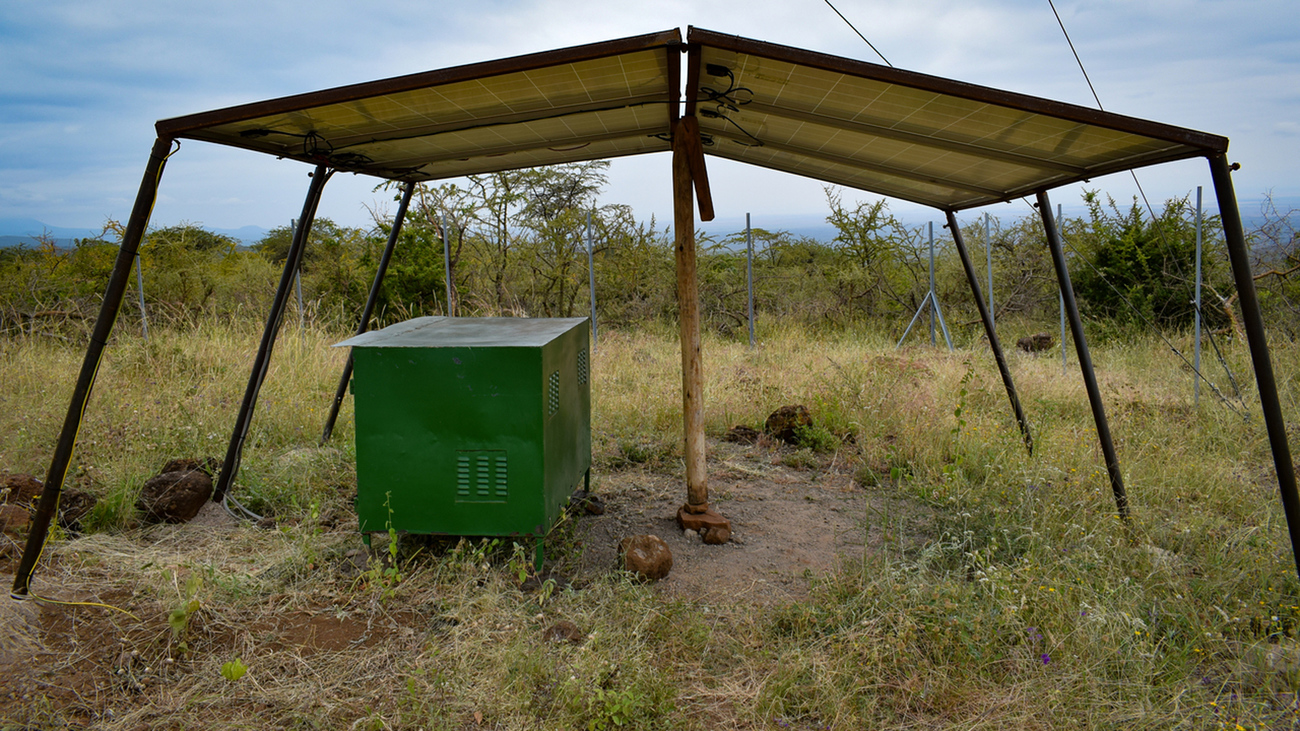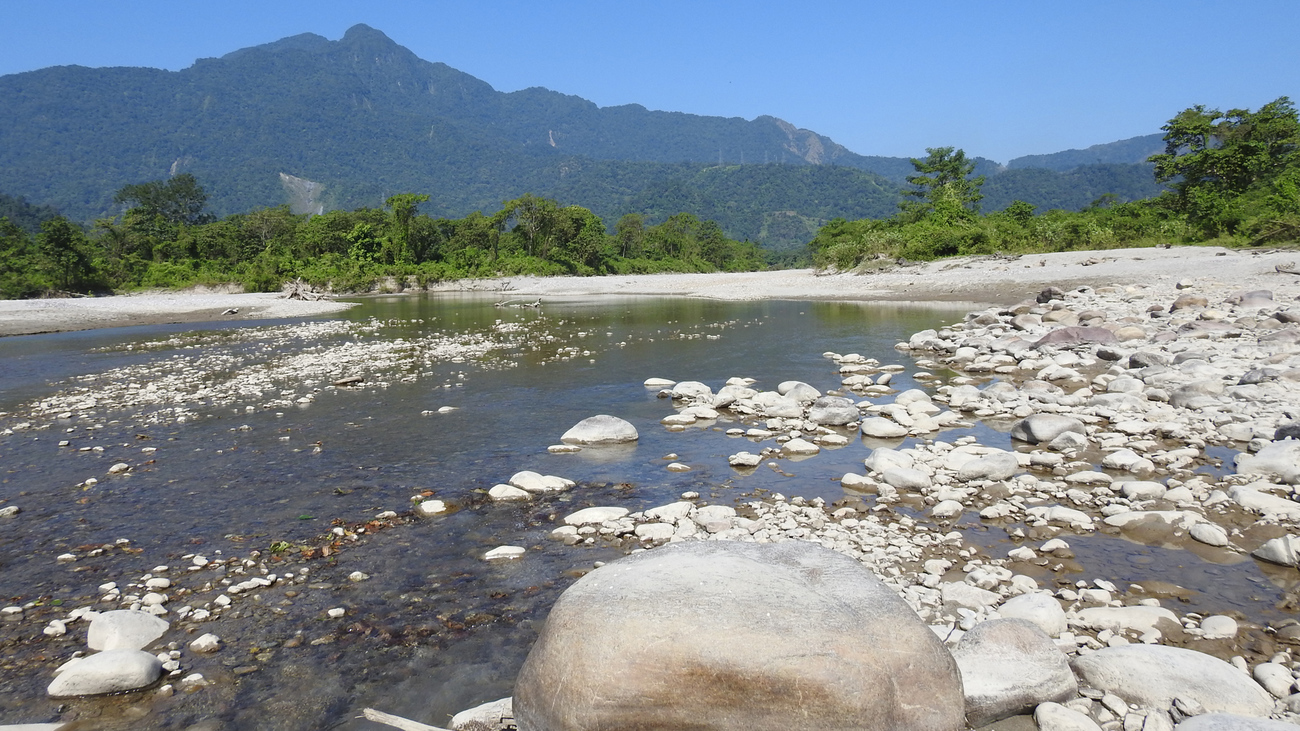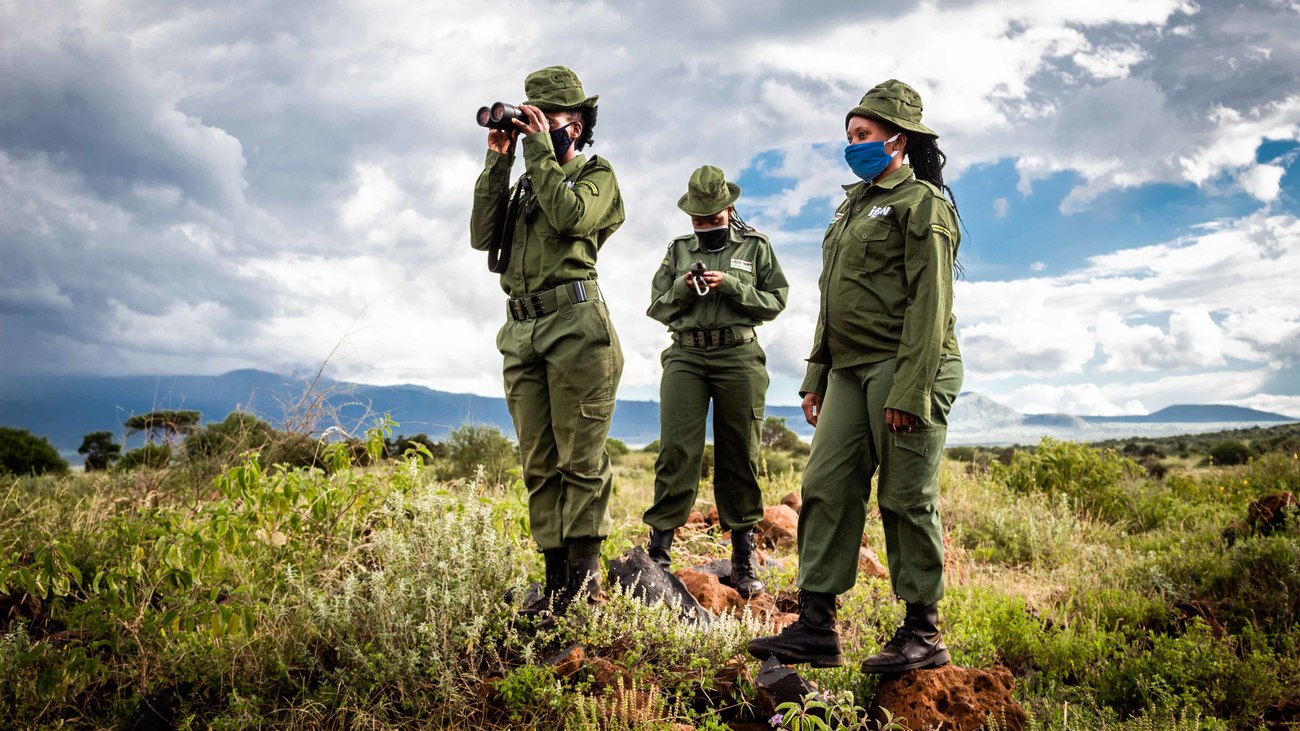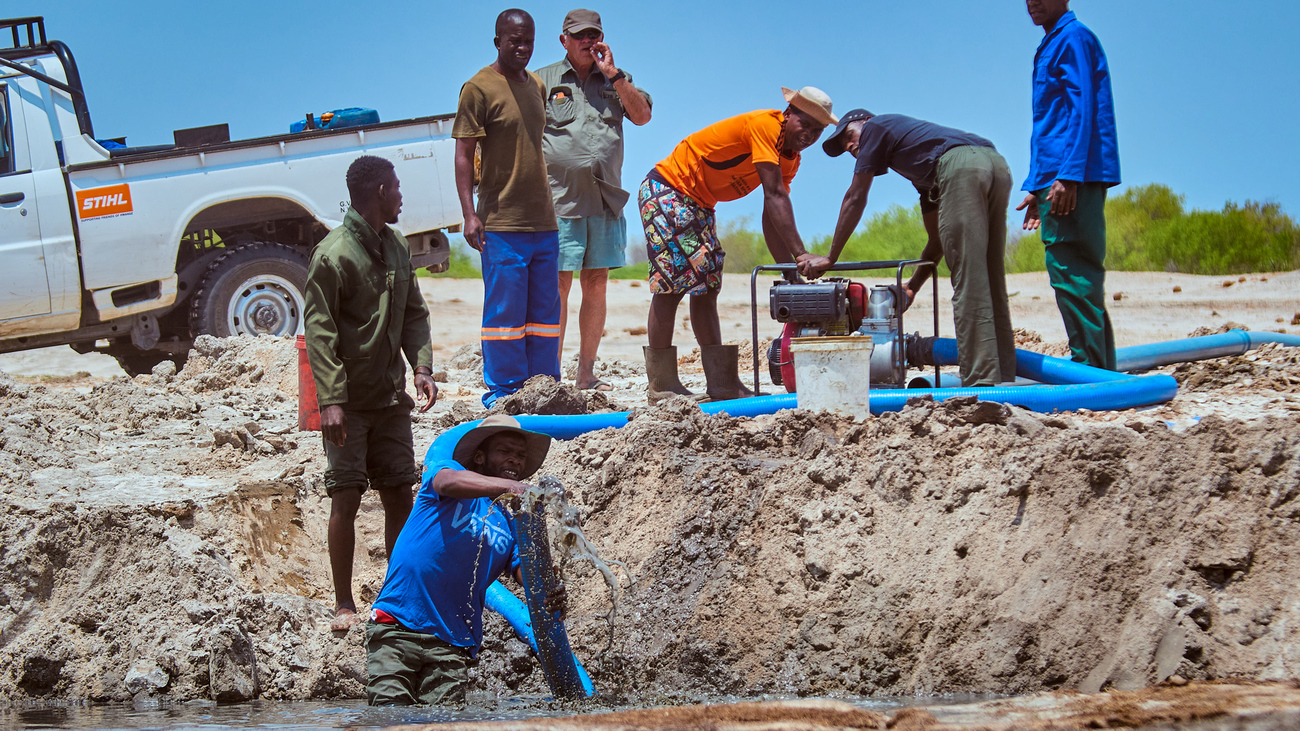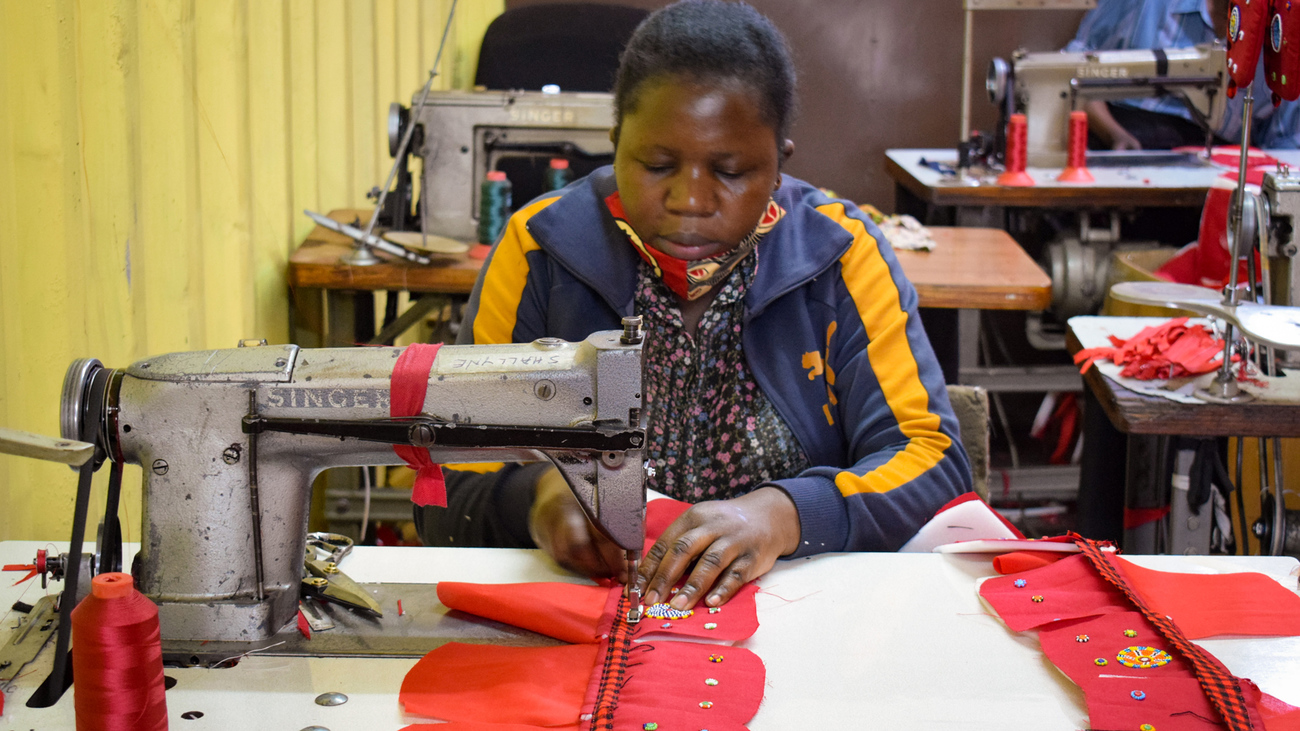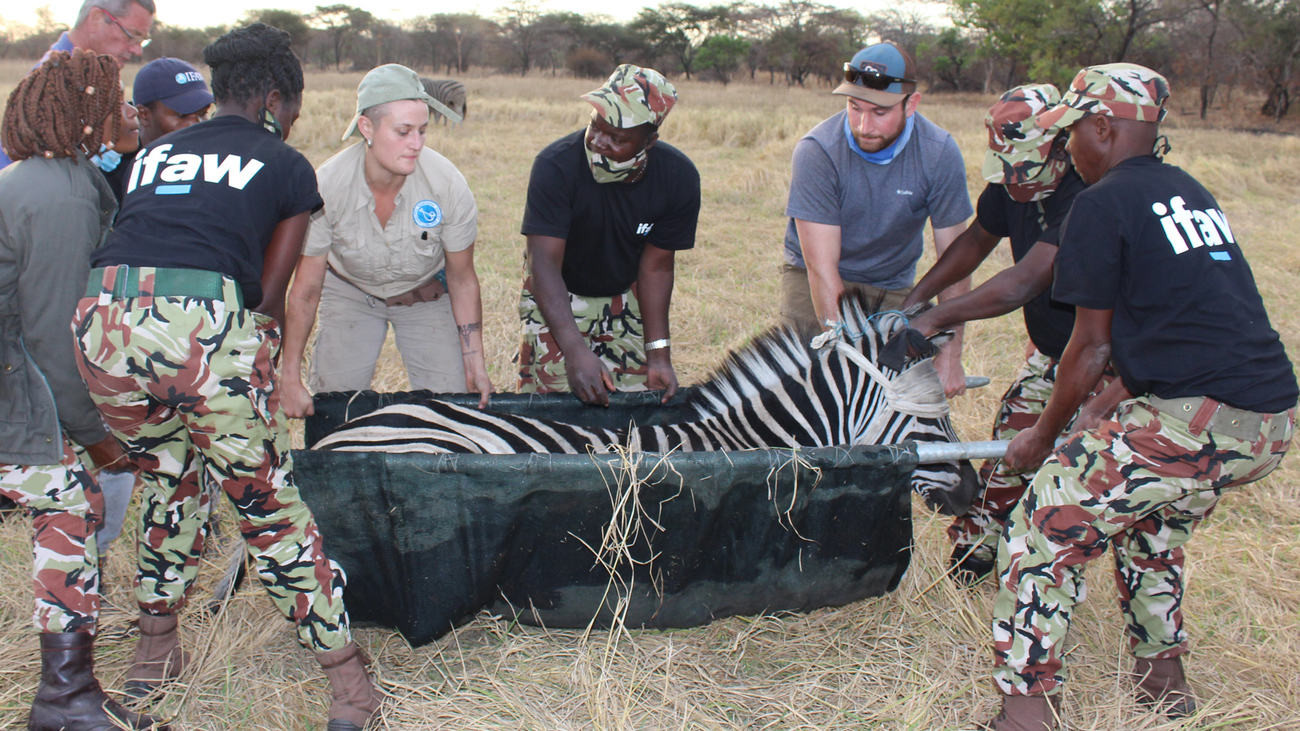landscape conservation
landscape conservation
IFAW’s Landscape Conservation program addresses the unparalleled impacts of human activities on wildlife and natural resources. Wildlife and ecosystems in IFAW priority landscapes face major threats that affect their conservation status, including habitat loss and fragmentation, poaching, climate change and human-wildlife conflict. Our Landscape Conservation program, with its integrated approach, is finding solutions that promote long-term sustainable ecosystem management, at the same time benefiting local people and enhancing communities’ coexistence with wildlife. Across our priority landscapes, we continue supporting anti-poaching efforts to secure wildlife and their habitats, engaging communities and empowering people through sustainable livelihood opportunities.
In Africa, 60% of elephants roam outside protected areas. That’s why we have embarked upon Room to Roam, our most ambitious project yet as an institution. It aims to create safe pathways and functional habitats that will promote effective management of protected areas and enable wildlife to disperse and migrate across landscapes as they have done for millennia. To achieve this ambitious vision, we are fostering long-term partnerships with governments, wildlife authorities, communities, private sector actors and other non-governmental organizations (NGOs) in Kenya, Malawi, Zambia and Zimbabwe, with expansion planned to reach Tanzania. In India, our collaboration with Wildlife Trust of India (WTI) achieved a great milestone with the declaration of a new protected area, the 422-square-kilometer Raimona National Park.
Our mission has never been more important and urgent and it will not be easy or quick, but at IFAW we are committed to ensuring that all wildlife species thrive in the landscapes we help protect.
going green on ranger bases
IFAW holds itself accountable for the environmental impact of all our operations and activities. That’s why in FY21 we installed solar energy at all seven of the IFAW-supported ranger bases on the Olgulului-Ololarashi Group Ranch (OOGR) in the Amboseli Landscape. This key landscape straddles the border of Kenya and Tanzania and provides a critical biodiversity, wildlife and cultural haven that needs protection and our joint support. The semi-arid landscape has year-round sunshine, making it possible for solar energy to provide the ranger bases with an adequate and constant supply of electricity.
Green energy now sustains and keeps the digital radio network functioning between distant bases and recharges equipment such as the GPS units used by rangers to provide data on key sightings while on patrol. Providing sustainable lighting sources through these solar-powered systems has also facilitated a reduction in human-wildlife conflict incidents as light-averse wildlife stay away from these bases at night.
Green energy also lets rangers keep their mobile phones charged and stay in touch with family and friends. Most are the sole breadwinners for their families and are away from home on duty for weeks at a time, so the pleasure of a call home keeps spirits high and the rangers motivated. Happy rangers are productive rangers, and we’re seeing increased performance in protecting both wildlife and people.
The community rangers protect the vital Kitenden Conservancy, which allows wildlife to disperse from Amboseli National Park across the border into Kilimanjaro National Park in Tanzania. Keeping natural habitats safe and connected allows animals to adapt and move in response to changing climatic conditions, while also preventing such landscapes from being lost to carbon-intensive land uses.
IFAW is committed to mitigating and adapting to the effects of climate change. We offer fresh thinking and bold action to conserve nature in a way that can be replicated on a larger scale to tackle the climate crisis.
extending Raimona National Park: a conservation landmark for India
Extending key habitat for some of the world’s most endangered wildlife is always something to celebrate. In FY21, IFAW and our partner the Wildlife Trust of India celebrated a landmark milestone through the designation of the Raimona National Park, which adds an extra 422 square kilometers of protected land to the Greater Manas Landscape.
India’s Protected Area Network has expanded by more than 772 square kilometers since IFAW-WTI began campaigning more than 10 years ago for increased protections for the landscape. It’s a key biodiversity hotspot and home to some of the world’s most unique wildlife, including golden langurs, Asian elephants, wild buffalo and Indian greater one-horned rhinos. The Greater Manas Landscape also includes Manas National Park, a UNESCO World Heritage Site.
Raimona National Park runs contiguous to two protected areas in Bhutan, thereby facilitating habitat connectivity and supporting wildlife movement between adjoining protected areas. We are hopeful that, at some point, India and Bhutan may consider the declaration of a Transboundary Peace Park between the two countries.
The “First Addition” to Manas was 350 square kilometers, added in 2016. This achievement was the result of proactive leadership of the Bodoland Territorial Region, supported by the Assam state government, community support, other NGOs and years of conservation action through IFAW-WTI’s Bringing Back Manas project. This year’s addition is another significant step in securing and strengthening the Greater Manas Landscape.
securing land for conservation development
IFAW’s partnership with EarthToday is helping create room to roam, one square meter at a time, for elephants and other wildlife in Kenya by sustainably securing essential communal land as migratory routes and connectivity belts. IFAW is a founding partner of the EarthToday initiative. This platform allows visitors to discover actions that IFAW and other NGOs are taking to protect the planet and invites visitors to take action by donating to protect “their own” square meter of land in target priority landscapes.
Within six months of commissioning of this innovative initiative, more than 8,750 people from around the world have supported the protection of almost 160,000 square meters of the Kitenden Wildlife Conservancy in Amboseli, Kenya.
The community lands surrounding Amboseli National Park constitute 90% of the habitat for free-roaming migratory wildlife. This includes a population of 2,000 elephants that roam between Kenya and the iconic slopes of Mount Kilimanjaro in neighboring Tanzania, sometimes coming into conflict with people and at risk from illegal killing and trade.
IFAW’s current footprint comprises existing leases that cover 105 square kilometers (26,000 acres) of community-owned land in Amboseli. This secured land supports the Olgulului Community Wildlife Rangers (OCWR), a unit of more than 70 community wildlife rangers who protect wildlife and assist communities to mitigate human-wildlife conflict. The unit includes the eight-member all-female Team Lioness, the first women to take up this demanding and male-dominated job in the highly patriarchal Maasai community. Additionally, IFAW’s fully funded scholarship program has enabled 60 people to pursue tertiary education opportunities in tourism, education and clinical medicine.
The EarthToday initiative increases awareness on the state of the planet, accelerates nature protection and stimulates large-scale land conservation and the safeguarding of biodiversity. Our partnership with EarthToday enhances our efforts to secure and protect the Kitenden Wildlife Conservancy, allowing humans and wildlife to thrive together.
digging deep to save wildlife and support rangers
IFAW’s alliance with the Zimbabwe Parks and Wildlife Management Authority (ZimParks) thrived through the lockdowns of the COVID-19 pandemic with incredible success. For the second year in a row, there were zero recorded elephant poaching incidents in IFAW-supported areas.
IFAW’s work in partnership with ZimParks has focused on three main pillars: law enforcement, community engagement and securing functional habitats in Hwange National Park, Zimbabwe’s largest protected area.
Located in Hwange National Park, Nyamandhlovu Pan is a key water source for wildlife in the park. In FY21, it was scooped for the first time in about 20 years, increasing its water-carrying capacity by the equivalent of five Olympic swimming pools and restoring its appeal to tourists and wildlife alike. With no permanent water sources and longer dry seasons caused by climate change, Hwange’s wildlife depend on artificially filled pans (waterholes).
In the remote southern section of Hwange National Park, IFAW continues its ambitious infrastructure development initiatives, which include a permanent ranger base in the Makona subsector. This has a significant impact and has enhanced community livelihoods by supporting on-the-job skills training and earned income for 44 community youth. The infrastructure includes an operations center, administrative buildings, an entertainment center and housing facilities that will eventually cater for 56 rangers and their families.
The new Makona substation ranger base will be a game-changer for conservation efforts across Hwange National Park by enhancing law enforcement capacity to reduce poaching and human-wildlife conflict incidents along the 150-kilometer border with the Tsholotsho communal lands.
IFAW-partner Save Giraffes Now (SGN) enabled the facilitation of refresher training for 25 ZimParks rangers and supported them in finding and removing 250 snares in targeted hotspots in Sinamatella, a key giraffe habitat in Hwange National Park.
IFAW has also been instrumental in the operational support for ZimParks rangers throughout the COVID-19 pandemic. This has been achieved through providing key supplies and equipment, including fuel, workshop retooling, veterinary unit support and food rations. This support ensured the successful deployment and sustenance of 176 field rangers in Hwange National Park and raised the morale of the teams by providing them with patrol rations, uniforms, patrol equipment and other personal protective equipment.
IFAW is committed to supporting ZimParks in its work to protect wildlife and promote human well-being in the 16,000 square kilometers (four million acres) Hwange-Matetsi-Zambezi ecosystem.
This work will provide room to roam for 53,000 elephants and 600 lions living in a critical part of the world’s largest transfrontier conservation area, the Kavango Zambezi Transfrontier Conservation Area (KAZA-TFCA).
enhancing transboundary communications network
Wildlife crime crosses borders. Now, thanks to a sophisticated VHF radio network, law enforcers and rangers in Malawi and Zambia can communicate easily to secure wildlife habitats and vital elephant migratory corridors.
Set 70 kilometers apart, three radio towers—two in Malawi’s Kasungu National Park and one in Zambia’s Lukusuzi National Park—enhance the mission to end transboundary crimes like poaching and trafficking by keeping wildlife rangers in both countries connected and able to quickly respond to illegal activities.
The ability to communicate while on long patrols away from home base supports the safety of rangers at risk—be that from armed poachers or dangerous wildlife.
Rangers also use the network to respond to human-wildlife conflict events as Kasungu National Park shares an extensive border with Zambia and community lands surround the park.
IFAW’s Combating Wildlife Crime (CWC) Malawi-Zambia Transfrontier Landscape Project covers a 7,000-square-kilometer landscape and supports 82 rangers in Kasungu National Park, and 76 rangers in Zambia, working closely with the Department of National Parks and Wildlife in both countries.
The VHF radio masts were funded by the Deutsche Gesellschaft für Internationale Zusammenarbeit (GIZ) through the Peace Parks Foundation.
helping women protect wildlife and thrive in their communities
IFAW’s Female Engagement Teams (FETs) empower livelihood opportunities for women through structured socioeconomic activities such as bead art, sewing and baking clubs.
One project employed two women’s groups near Amboseli National Park in Kenya to decorate 11,000 coin purses for IFAW supporters in the UK. Despite an interruption due to COVID-19 restrictions, the groups completed the beading project in FY21.
Bead art is a critical part of Kenya’s Maasai culture and traditional clothing, worn to enhance beauty, to indicate warrior, marital, or other social status in the community as well as for coming-of-age ceremonies. Older women pass down skills to younger newlywed women as they bond and bead together in groups. They also earn an income from the pieces they sell to tourists.
With the money received from the purse-beading project, women have paid school fees, and bought nine cows for milk and four bulls to improve the yields of milk and beef from their existing cattle herds. Social cohesion has developed among the older and younger women who have all become advocates for wildlife protection and for IFAW.
Women also play a key role in helping IFAW’s all-female Team Lioness ranger unit because of their personal insights, providing intelligence that can help them stop incidents of poaching or retaliation against wildlife.
adding new life to Kasungu National Park
In a first bid to restock Malawi’s Kasungu National Park, IFAW supported the translocation of 12 zebras and 14 waterbucks to the 240,000-hectare wildlife reserve in FY21. Thanks to our efforts to restore and safeguard the park, it is now a safe place for wildlife to roam freely without the threat of poaching.
IFAW’s Combating Wildlife Crime (CWC) Malawi-Zambia Transboundary Landscape Project trains an effective and efficient wildlife ranger force that has put an end to rampant poaching. When IFAW began working in the area in 2015, only 50 elephants remained, down from more than 1,000 in the 1970s. Only six of 500 zebras remained and other species, such as waterbuck, were locally extinct.
A recent aerial wildlife survey shows that wildlife is now thriving and populations have increased since 2014.
The 12 translocated zebras will help restore species diversity in Kasungu. They bring the number of zebras to 21, considered a founder or breeding herd. IFAW works with the Malawi Department of National Parks and Wildlife (DNPW), supported by the community.
Poaching has been reduced in Kasungu and the elephant population is steadily rising; other animals such as leopards, lions and occasionally wild dogs are also being spotted more often.
We also began work on the refurbishment of Kasungu’s eastern boundary fence exclusively employing and providing a livelihood opportunity for community members, specifically women. The fence will help prevent human-wildlife conflict, protect property and crops and support harmony between the community and wildlife.
Funding for this project is supported by the U.S. Agency for International Development (USAID), with the generosity of the American people.
Stay in the know. Be ready to act.
